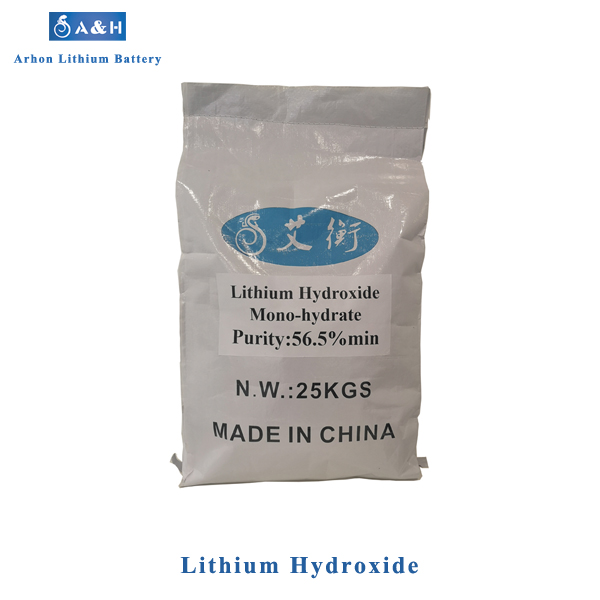Is Lithium The New Gold?
Lithium carbonate is an important energy storage material: According to the production process and product chain, the lithium industry can be divided into basic lithium products and deep-processed lithium products. The basic lithium products include lithium carbonate, lithium hydroxide, lithium fluoride, lithium chloride, etc. , Lithium carbonate is the most important lithium-based product.
In accordance with downstream demand, the lithium industry chain has applications such as new energy, traditional industries and new materials, among which the demand for new energy vehicles is growing the fastest.
Lithium is an important metal element. Lithium (Li) was found in the analysis of penetrating feldspar ore as the lightest alkali metal element, with an atomic weight of 6.941 and an abundance of about 0.0065% in the crust, ranking 27th. Lithium metal is a silver-white light metal. In terms of physical properties, it has a melting point of 180.54°C, a boiling point of 1342°C, a density of 0.534 g/cm3, and a hardness of 0.6. It is light and soft. In terms of electrochemical properties, metallic lithium has a very low electrochemical potential (-3.045V) and strong electrochemical activity, and is easy to form compounds with other elements. At the same time, lithium is also the metal with the largest electrochemical equivalent, 2.98A•h/g .
The sources of lithium are salt lakes and rock mines. Due to its strong electrochemical properties, lithium does not exist in the form of pure metal in nature, but mostly exists in minerals and inorganic salts. Salt Lake resources are mostly distributed in South American countries such as Bolivia, Chile, and Argentina. The rock mines include spodumene, lepidolite, and spodumene, among which the spodumene ore is mainly distributed in Australia, Canada, Zimbabwe, Zaire, Brazil and China, and the lepidolite ore is mainly distributed in Zimbabwe, Canada, the United States, Mexico and China.
Lithium forms a complete industrial chain. Lithium metal has the characteristics of light, soft and high energy. It forms products from the upstream salt lakes and ore to the midstream lithium carbonate, lithium hydroxide and lithium fluoride products, and then to the downstream traditional industries (metal smelting, lubricants, ceramics, etc.). Glass, etc.), new materials (organic synthesis, biomedicine), and new energy (3C batteries, power batteries, etc.) and other applications across the complete industrial chain.
According to the production process and product chain, the lithium industry chain can be divided into basic lithium products and deep-processed lithium products. The basic products of lithium are lithium carbonate, lithium hydroxide and lithium fluoride. Lithium carbonate is divided into industrial grade, battery grade and high-purity lithium carbonate according to purity and chemical indicators. Industrial-grade lithium carbonate is mainly used to prepare various deep-processed lithium products, and is also used in the glass ceramic industry; battery-grade lithium carbonate (purity ≥99.5%) is mainly used to produce cathode materials and electrolytes for lithium-ion batteries; high-purity carbonic acid Lithium is the main raw material for the production of piezoelectric material lithium tantalate. Lithium hydroxide can also be divided into industrial grade and battery grade according to purity and chemical indicators. Industrial grade is used for product additives and carbon dioxide adsorbents, and battery grade is used for lithium-ion battery materials. The deep-processed products of lithium are divided into metallic lithium, lithium chloride and butyl lithium, etc., which are mainly used in new materials and some industrial fields.
The production process of basic lithium products is divided into two methods: salt lake and ore lithium. For spodumene raw materials, spodumene concentrate is obtained through processes such as crushing, grinding and flotation separation. For salt lake lithium raw materials, the brine is first transferred to the evaporation pond system. After exposure and evaporation, the lithium salt is concentrated in the brine. This process is repeated several times to obtain lithium chloride brine, which is finally converted into lithium carbonate, lithium hydroxide and chlorine. Lithium products. For deep-processed products of lithium, lithium chloride is used to obtain metallic lithium products through electrolysis and distillation, while butyl lithium is generally synthesized from metallic lithium and chlorobutane as the main raw materials. Lithium fluoride is divided into industrial grade and battery grade. The industrial grade is generally prepared by the reaction of lithium carbonate and hydrofluoric acid, and the battery grade is generally prepared after impurity removal by the ion exchange method.
Lithium carbonate is the most important intermediate product in the lithium industry chain, and its synthesis process is divided into two categories according to lithium raw materials. Lithium ore (spodumene, lepidolite, etc.) mainly includes sulfuric acid method, sulfate mixed roasting method, limestone sintering method, chlorinated roasting method, etc. The technology for extracting lithium is relatively mature; Salt Lake lithium mainly includes precipitation method; extraction method and adsorption method Wait.



